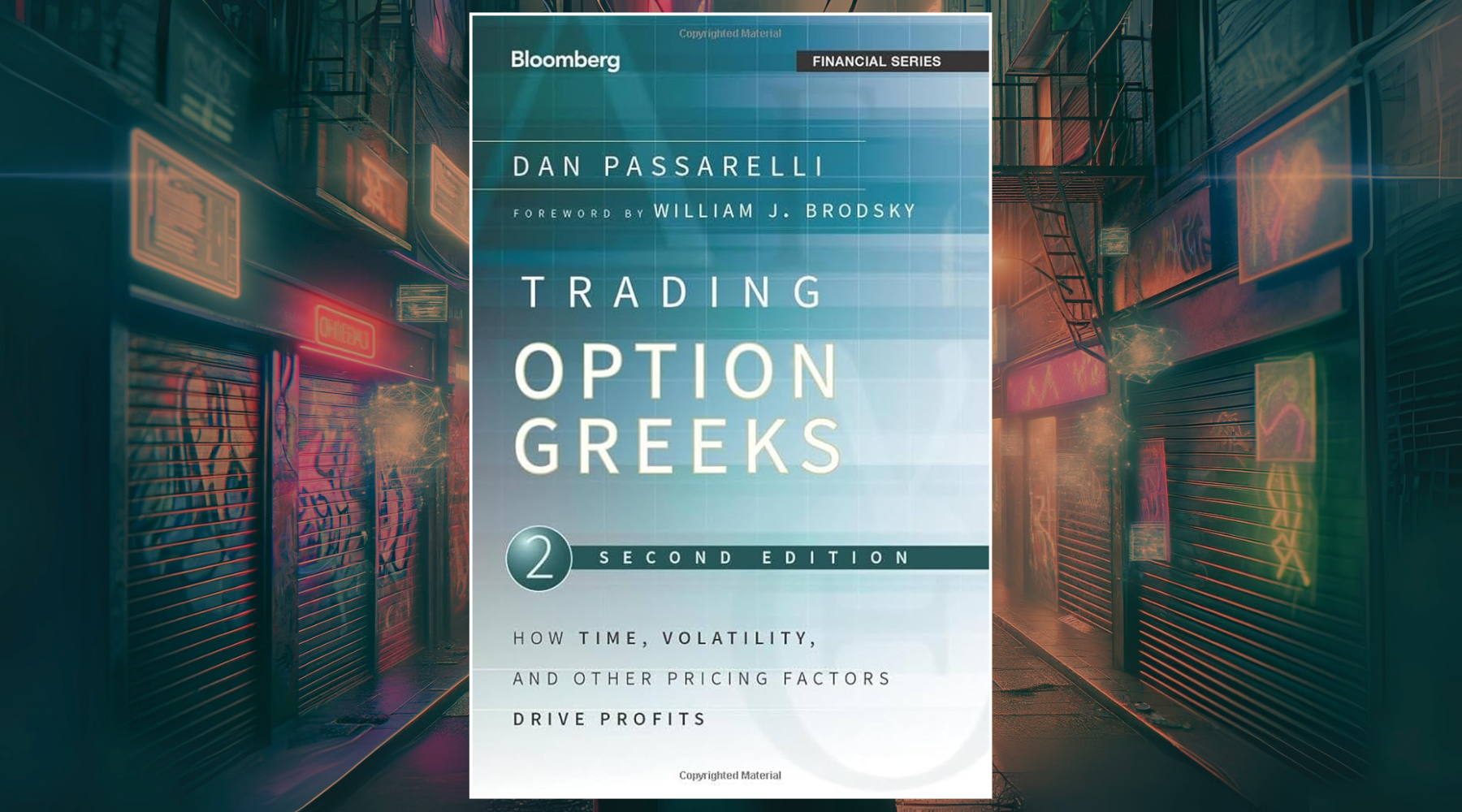What are Proxy Statements?
A proxy statement is a document that publicly traded companies are required to file with the Securities and Exchange Commission (SEC) before their annual shareholder meetings. The purpose of the proxy statement is to provide shareholders with information about the company's management, board of directors, executive compensation, and other matters that will be voted on at the meeting.
Proxy statements are required by the SEC under Schedule 14A and Regulation S-K. The document must be filed with the SEC at least 14 calendar days before the annual meeting, and must be made available to shareholders at least 21 calendar days before the meeting.
Proxy statements also play an important role in corporate governance, as they provide shareholders with a voice in the company's decision-making process.
Contents of a Proxy Statement
Proxy statements typically include the following information:
- Information about the company's management and board of directors - This section of the proxy statement provides information about the company's management team and board of directors, including their backgrounds, qualifications, and experience. The document may also include information about the board's structure, committees, and meeting attendance.
- Executive compensation and benefits - This section of the proxy statement provides information about the compensation and benefits provided to the company's executive officers. The document must include a summary compensation table, which provides a breakdown of the compensation provided to each executive officer for the past three fiscal years. The document must also include information about the company's compensation policies and practices, including any performance-based compensation plans.
- Proposals for shareholder votes - This section of the proxy statement provides information about the proposals that will be voted on at the annual meeting. The document must include a description of each proposal, as well as the board's recommendation on how shareholders should vote.
- Information about annual meetings - This section of the proxy statement provides information about the annual meeting, including the date, time, and location of the meeting, as well as the procedures for voting and submitting shareholder proposals.
How to Find a Proxy Statement
- Proxy statements can be found on the SEC's EDGAR database, which provides free access to company filings.
- Dilution Tracker is a great site to use for SEC filings and they have a section that makes it easy to find the proxy statements.
- Proxy statements can also be found on the company's website, typically in the "Investor Relations" section.
My Tidbits About Proxy Statements
Proxy statements can reveal potential conflicts of interest between management and shareholders. For example, the document may disclose related-party transactions, which are transactions between the company and its officers, directors, or significant shareholders. These transactions can raise concerns about potential conflicts of interest, as they may not be in the best interests of the company or its shareholders.
“The rule of thumb when you study a proxy is that if you have to read it three times, you have stuck pay dirt. Try to determine if the company is run for the executives or the stockholders” ~ Kathryn F. Staley, The Art of Short Selling
What to Look for in Proxy Statements as a Trader or Investor
I pulled most of the following information from The Art of Short Selling book that I just finished reading before writing this article.
Cash Compensation
- Are executives paid exorbitant salaries? Look at cash compensation relative to company earnings.
- Does the company pay big bonuses? What for? Is the bonus tied to extraordinary efforts, or is it just for doing the job? Is the bonus for increased sales, return on equity, or some other measure or combination of measures?
- Does the company pay a percentage of pretax profits to the primary officers in the form of bonuses? Are they paid a percentage of revenues? Some bonuses are calculated on stock price appreciation.
Stock Options
- Stock grants versus Stock options versus Stock Appreciation Rights (SARs). SARs are the most generous for the excutives, followed by grants. SARs give the grantee cash money, bankable immediately, with no stock-price suspense.
- Does the company in any way pay for stock options?
- Does the company pay a bonus for taxes on options?
- Do the officers get any special deals if there is a stock or rights offering of company or a sub's stock?
- What is the percentage of stock owned by the primary officers?
Parachutes
- Does the company have an unusual severance pay contract, especially in case of merger or buy-out?
- What are the terms of retirement contracts?
- Are there extra perks such as large insurance policies, apartments, automobile use, plane use?
"Certain Transactions"
- Does the company permit the primary officers to engage in other activities, such as owning other businesses associated with the company? Does the company give favorable terms to the officers or give favorable contracts to businesses owned by officers?
- Are many of the officers related to each other?
- Does the company deal with any relatives of officers?
- Does the company frequently loan money to the officers? If so, does the company charge interest?
- If the company engages in limited partnerships, does it pay for the officers to become general partners or limited partners, or does it grant them bonuses for participation in partnerships (or just give them the tax losses)?
Miscellaneous
- Are there a lot of lawsuits, and what is the liability?
- What is the age range of the primary officers - all old or all young?
- Who else owns the stock?
- Check the board biographies. Is it a rubber-stamp, "good ol' boy" board or a working group? How independent is the board? (Quaker Oats pays board members $1,000 for each action taken by unanimous written consent.)
Example: Analyzing a Tesla Proxy Statement
To illustrate how to analyze a proxy statement, let's look at a real-world example. In 2021, Tesla filed a proxy statement with the SEC in advance of its annual shareholder meeting. The document included several proposals for shareholder votes, including a proposal to approve the company's executive compensation plan.
Upon reviewing the proxy statement, investors may have noticed several key points:
- The company's executive compensation plan is heavily weighted towards stock options, which aligns with shareholder interests by incentivizing executives to increase the company's stock price.
- The company's board of directors includes several individuals with relevant experience in the technology and automotive industries.
- The company has several related-party transactions with its CEO, Elon Musk, including a loan from the company to Musk to purchase a new home.
Based on this information, investors may have decided to vote in favor of the executive compensation plan, but to raise concerns about the related-party transactions with Musk.
Want to continue learning about SEC filings and terms? Check out this summary of the book PIPES: Private Investments in Public Equity. This book covers all types of SEC Filings and Forms related to public companies.









